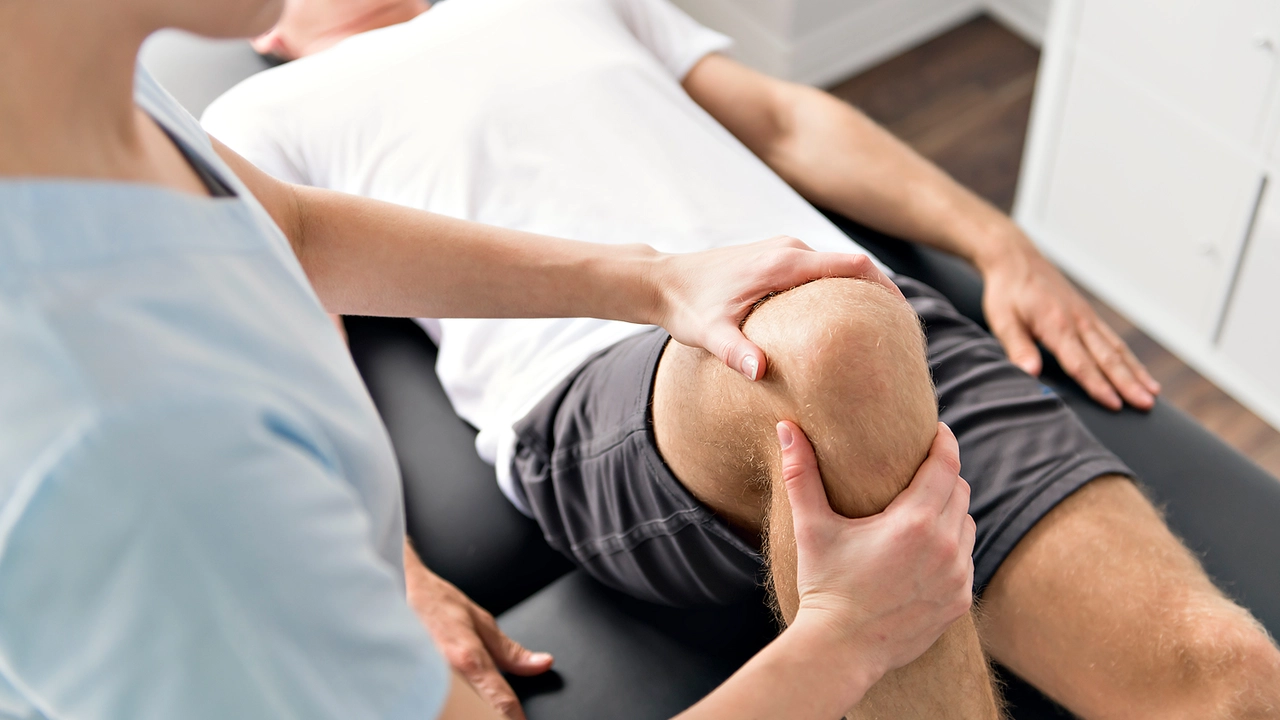Physiotherapy Techniques for Tennis Players
When working with physiotherapy techniques, hands‑on methods that restore movement, reduce pain, and boost performance for athletes. Also known as PT methods, they are essential for anyone who spends hours on the court. Physiotherapy techniques encompass a range of tools that tackle the specific demands of tennis, from quick bursts of sprinting to repetitive swinging. In this guide we’ll break down how each approach links to the sport, why they matter, and what you can start using today.
Key Approaches in Tennis‑Focused Physiotherapy
The first building block is stretching, dynamic and static movements that lengthen muscles and improve joint range. Stretching prepares the shoulders, hips, and calves for the rapid changes of direction tennis demands, and it also helps undo the tightness that builds after long matches. Next up is massage therapy, manual manipulation of soft tissue to increase circulation and relieve tension. A good massage can cut down post‑match soreness, allowing players to train again sooner. Finally, strength training, targeted resistance exercises that build muscle power and joint stability supports the explosive serves and volleys that define high‑level play. Together, these three pillars create a comprehensive recovery loop: stretch to prepare, massage to recover, strength train to protect.
Beyond the core trio, sports physiotherapy also leans on assessment tools like motion analysis and functional testing to pinpoint weak spots before they turn into injuries. Players who combine regular assessments with the techniques above often see fewer overuse issues such as tennis elbow or rotator‑cuff strain. The synergy between assessment, stretching, massage, and strength work creates a feedback cycle: the data tells you where to focus, the techniques fix the problem, and the next test confirms improvement. This cycle is the backbone of effective injury prevention for anyone serious about the game. Whether you’re a junior learning the ropes or a seasoned pro chasing another title, integrating these physiotherapy techniques into your weekly routine can shave minutes off recovery time and add confidence to every swing.
Below you’ll find a collection of articles that dive deeper into each method, share real‑world tennis case studies, and offer step‑by‑step routines you can try at home or with a club therapist. From how to set up a post‑match stretching circuit to the best massage strokes for a tight forearm, the posts cover everything you need to keep your body match‑ready. Browse through the list and pick the tips that match your current needs – you’ll soon see how a solid physiotherapy plan can turn fatigue into strength and setbacks into comebacks.


